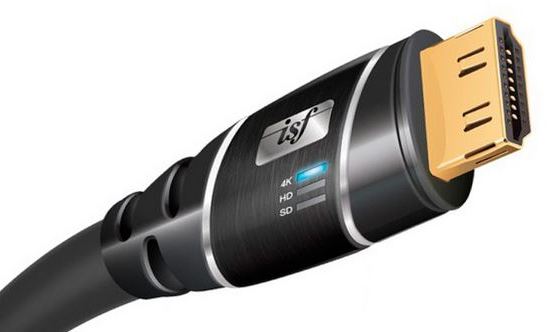HDMI specifications haven’t changed for some time, which is a good thing. Every time a change in technology or some new technical specification come about there is usually a flurry of activity by manufacturers to gain market share by touting the latest and the bestest.
So after ten confusing HDMI specification updates, the last of which was ver 1.4, it is good news indeed to learn that HDMI 2.0 does not require any cable change. The current high speed HDMI cables (or Cat 2) will be able to carry all the increased signal and bandwidth upgrades of HDMI 2.0. Cable manufacturers are now required to label HDMI cables according to cable type, i.e. Standard, High Speed, or High Speed with Ethernet.

Types of HDMI cables
According to the recent press release by the HDMI forum, ver 2.0 is backwards compatible with earlier versions of the HDMI specification. It significantly increases bandwidth up to 18Gbps and adds major enhancements for higher video and audio resolution bandwidth.
Here is a summary of the HDMI 2.0 specs and features:
- Increased bandwidth up to 18Gbps
- Resolutions up to 4K@50/60 (2160p), which is 4 times the clarity of 1080p/60 video resolution
- Up to 32 audio channels for a multi-dimensional immersive audio experience
- Up to 1536kHz audio sample frequency for the highest audio fidelity
- Simultaneous delivery of dual video streams to multiple users on the same screen
- Simultaneous delivery of multi-stream audio to multiple users (Up to 4)
- Support for the wide angle theatrical 21:9 video aspect ratio
- Dynamic synchronization of video and audio streams
- CEC extensions provide more expanded command and control of consumer electronics devices through a single control point
It is good timing that HDMI 2.0 will arrive just in time as 4K Ultra HD TV hits the stores.

